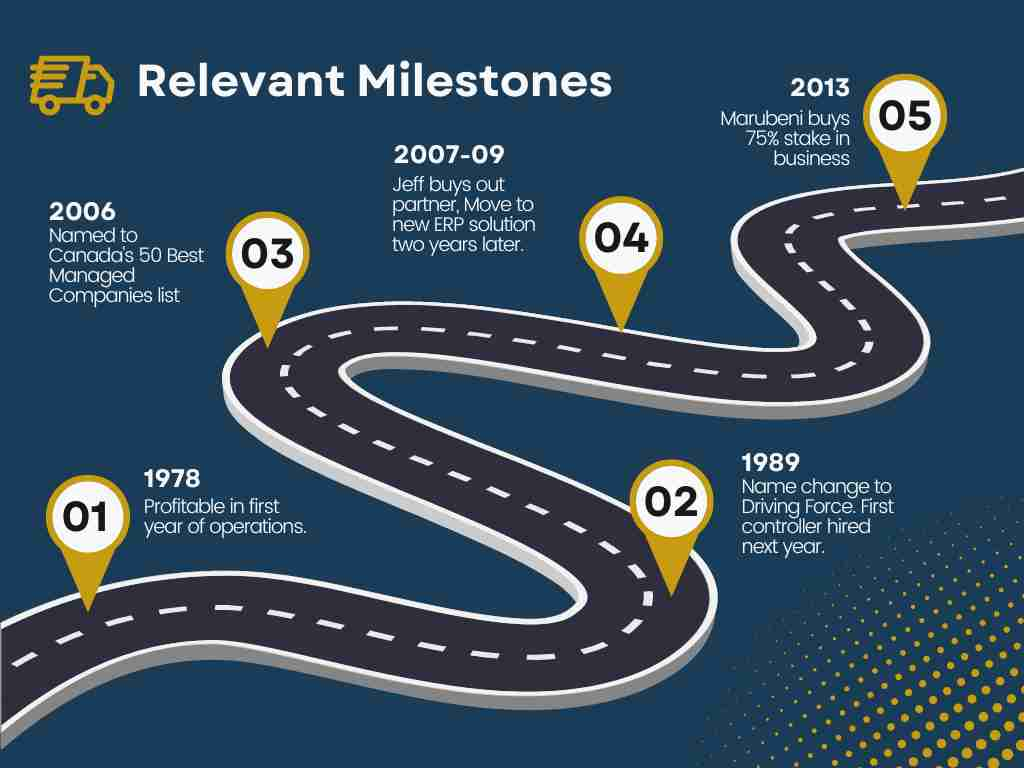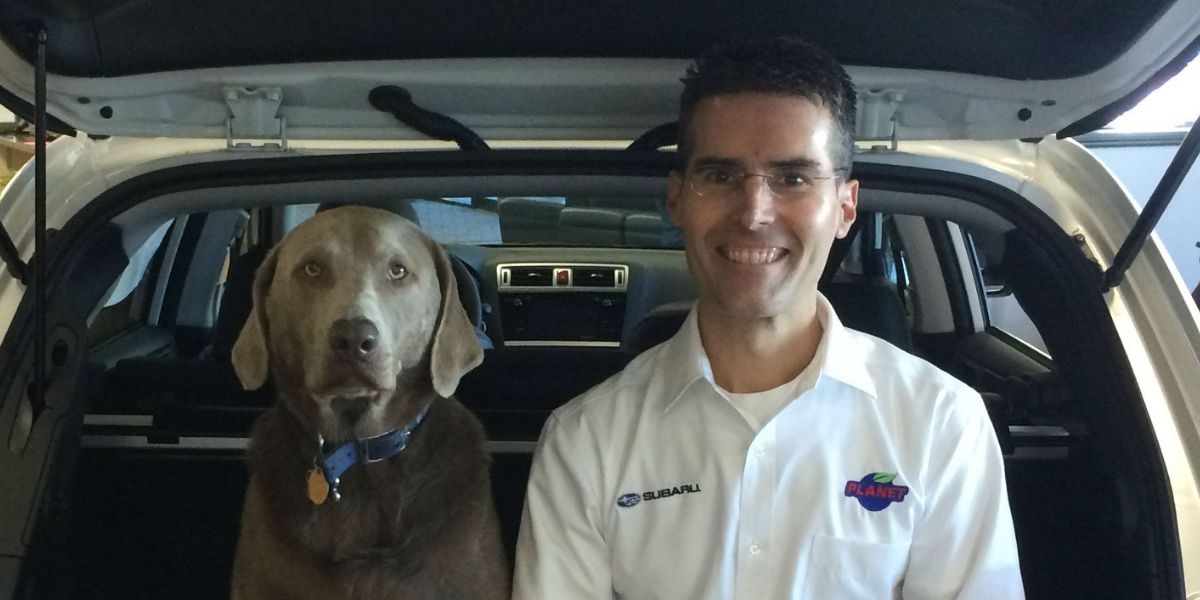Jeff Polovick started Canadian-based The Driving Force with just $80,000 and only a few years of experience in a narrow market niche – vehicle rentals. That modest investment has been parlayed into $400 million in revenues with 675 employees. Jeff’s book is Why Can’t We, and like many startup stories, there’s drama, adversity, success, more adversity, and even an exit. In this conversation, we talk about continuous and lifelong learning, family, adversity, exiting a business, and Jeff’s value system.
Interview Highlights
- Why every CEO should consider writing a book
- Working 14-16 hours a day but still having fun
- Harvard’s Owner/President Management Program
- Lessons from Strategic Coach
- Key family relationships that can thrive with the life of an entrepreneur
- Dealing with adversity
- A simple but profound value system
- Favorite books
It’s easy to be part of the team when times are good, but it shows real integrity when times are tough.
Jeff Polovick

A Financing Crisis
CEOs who write books rarely address their use of debt – finding it, acquiring it, and managing it. Furthermore, such stories rarely include what happens when the bank wants to walk away.
Jeff has unwittingly written one of the best case studies on what happens when the financier says, “We’re not renewing your line at the end of the term. You’ll need to find another alternative.” Here are some of the bullet points from Chapters 7 and 8:
- The LOC was capped at $72 million. At the time, The Driving Force had $11 million of excess capacity.
- In the middle of this financial predicament, the CFO exits because he fears the business will go bankrupt.
- One of their biggest customers decided to return 485 vehicles
- The switch to GE Capital and extending the line to an extra $18 million
- A six-bank syndicate with an increased LOC
I reflected on these paragraphs with the following takeaways in the form of questions:
- How safe is your LOC right now? Is there the risk of non-renewal even if your collateral value is significant?
- Do you fully understand the art and craft of selling your business to lenders without coming across as needy or pushy?
- Do you know when to start planning for your next LOC increase? I’ll add that my close rate on bank financing projects since the 1990s is 100%. The best time to start planning the next bump in your LOC based on your financial model is the day after your current LOC is approved. Don’t wait.
- Is your current bank too small for a doubling or tripling of your current LOC?
Again, this is case study material. Had I been Jeff’s editor, I would have added a few more details, but there’s enough to start adding your own questions to apply to your business situation as I did above.

Continuous Learning
I’ve read more than 100 books by CEOs. I don’t recall any CEO mentioning the quantity of training that Jeff did in his book. Here’s the short list of training and memberships he referenced in the book:
- Dale Carnegie, the 14-week course taken in 1981
- General Dealership Management Program
- YPO
- Strategic Coach (2009)
- Harvard’s Owner/President Management Program (OPMP)
Regarding OPMP, Jeff first learned about that program through an INC. article. He says it’s probably the best money he’s ever spent on management and leadership training.
Books Mentioned On The Show
- Trust in the Balance
- Think and Grow Rich
- Daily Reflections for Highly Effective People
- Life’s Little Instruction Book
- How to Stop Worrying & Start Living
- Pure Genius
Episode Pairings
If you liked this show, consider the following CFO Bookshelf episodes:

Entrepreneurial Magic at Trader Joe’s
An Interview with Patty Civalleri on the life of Joe Coulombe and his entrepreneurial story. Listen Here

The Wisdom of Profit Wise
An Interview with the entrepreneur and dealership co-founder, Jeff Morrill. Listen Here

What is the Amazon Way?
An interview with the former Amazon executive, John Rossman, author of The Amazon Way. Listen Here

Leave a Reply